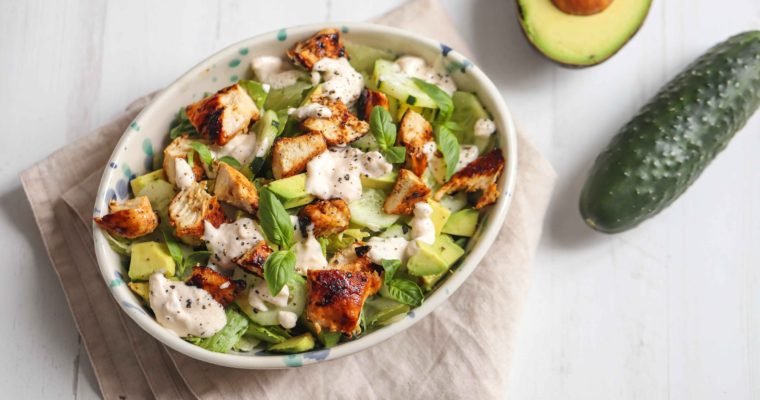Up to 50% of the world’s population might not be getting enough sun, leaving many people deficient in vitamin D, the only nutrient your body produces when exposed to sunlight. This is partly because people are spending more time indoors, wear sunscreen outside, and eat a diet low in quality sources of vitamin D. With world-wide attention focused on the importance of vitamin D, here’s what you need to know.
What is Vitamin D?
Vitamin D is a micronutrient that is needed for optimal health throughout your whole life.
It is a fat-soluble vitamin, meaning that it dissolves in fat/oil and can be stored in the body for long periods of time. There are two main forms, D2 and D3; D3 being more effective.
Vitamin D is also unique, because it is both a nutrient we eat, and a hormone that our body makes from exposure to sunlight, which is why it is often named the ‘sunshine’ vitamin.
While vitamin D affects various cells related to bone health – like telling the cells in the gut to absorb calcium and phosphorus – but scientists have now generated a strong body of evidence supporting vitamin D as an indispensable hormone, required for regulation of many physiologic functions.
Research shows that vitamin D receptors are present in nearly every tissue and cell in the body, and adequate vitamin D is essential for optimal function of these tissues and cells to carry out important roles, including: reduction of inflammation, modulation of cell growth, immune function and glucose metabolism.
Simply put: Sufficient levels of vitamin D are essential for disease prevention, longevity, and optimizing human health.
How To Get Your Dose
The major source of vitamin D is direct sunlight exposure. Unveiling bare arms and legs for 5 to 30 minutes between 10:00 AM and 3:00 PM is often adequate to meet vitamin D requirements. But this can vary depending on skin pigmentation and other factors.
Vitamin D obtained from summer sunlight can be stored in our bodies for a long period, however many people cannot store enough to see them through the winter months.
Variables such as age can also affect the amount of vitamin D converted in the skin. The cholesterol precursor in the skin (7-dehydrocholesterol) for vitamin D2 and vitamin D3, decreases as we age. In fact, it decreases at a rate of 50% between the ages of 20-80. This inhibits the amount of vitamin D3 older people can make.
Thankfully, you don’t have to rely solely on the sun. Vitamin D dietary supplements are safe and inexpensive, and are becoming widely available. But ideally exploring whole-foods like oily fish and mushrooms can deliver a good source of vitamin D.
Here’s 5 best foods for vitamin D, that should be on your shopping list:
- Salmon
- Herring
- Sardines
- Eggs
- Mushrooms
Get outside as often as you can. Even sitting in your garden for 10-15 minutes in the mid-day sun will help. If you work in an office, take your lunch break outside.
Starting a new outdoor hobby can also help you spend time in the sun, like running, bike riding, surfing, or simply walking daily. These are all great ways to get your daily dose of vitamin D.
Remember: Eating plenty of vitamin D-rich foods will help you keep on top of this essential micronutrient.






Cool + for the post